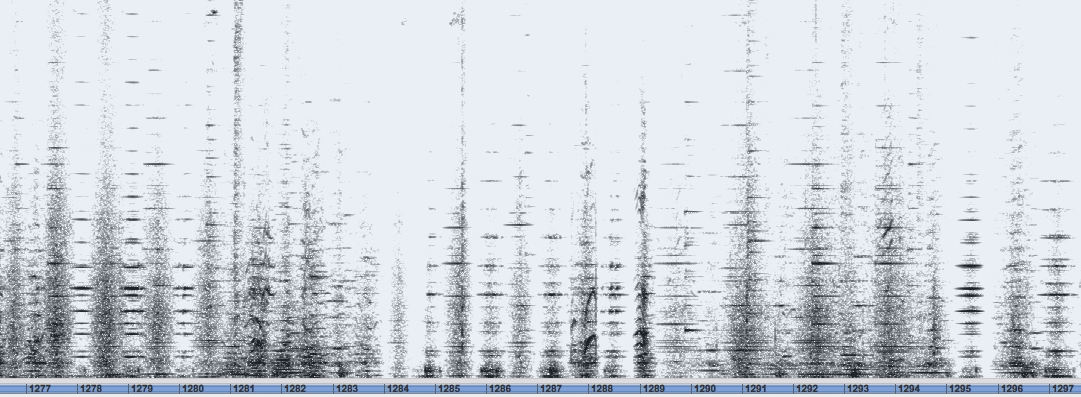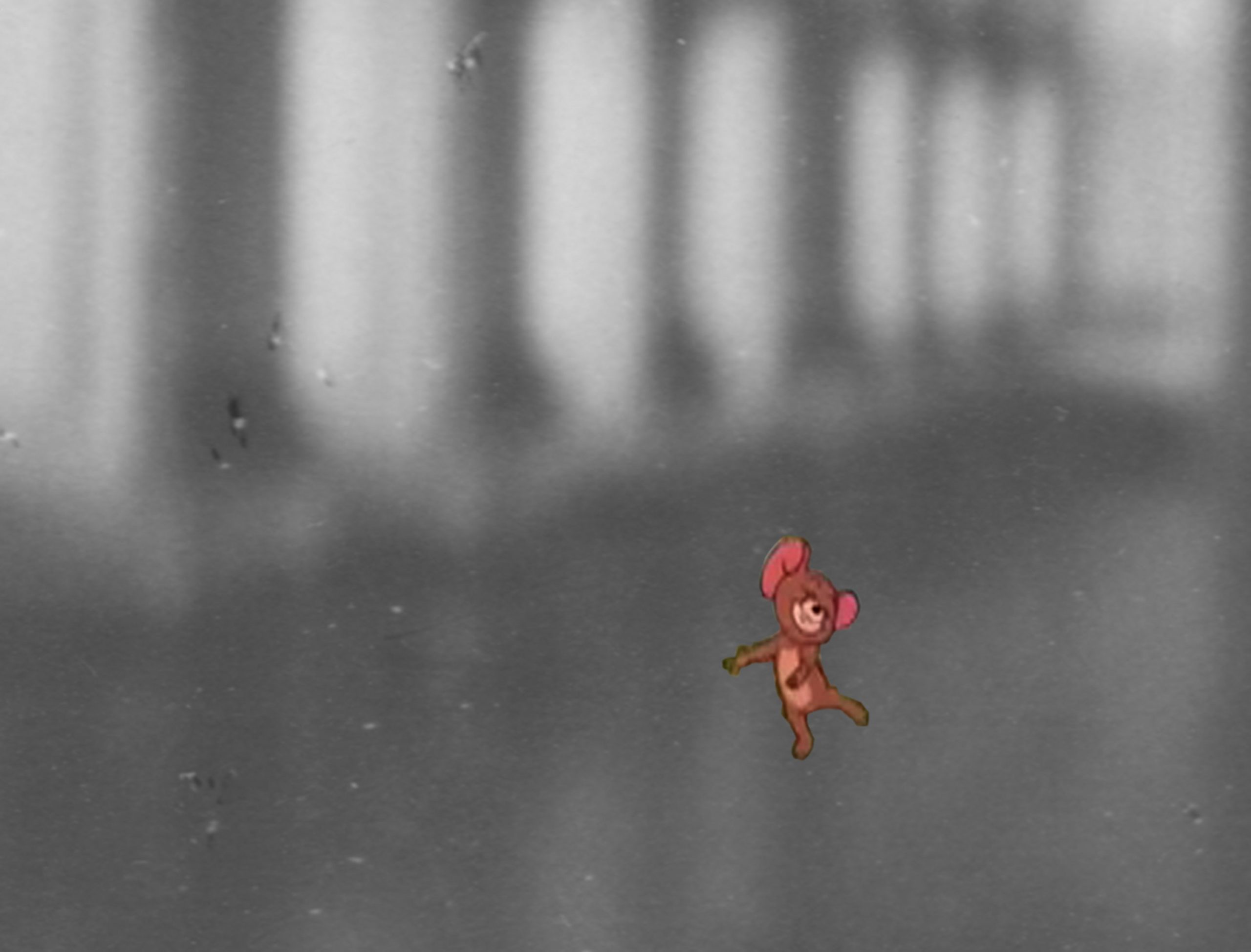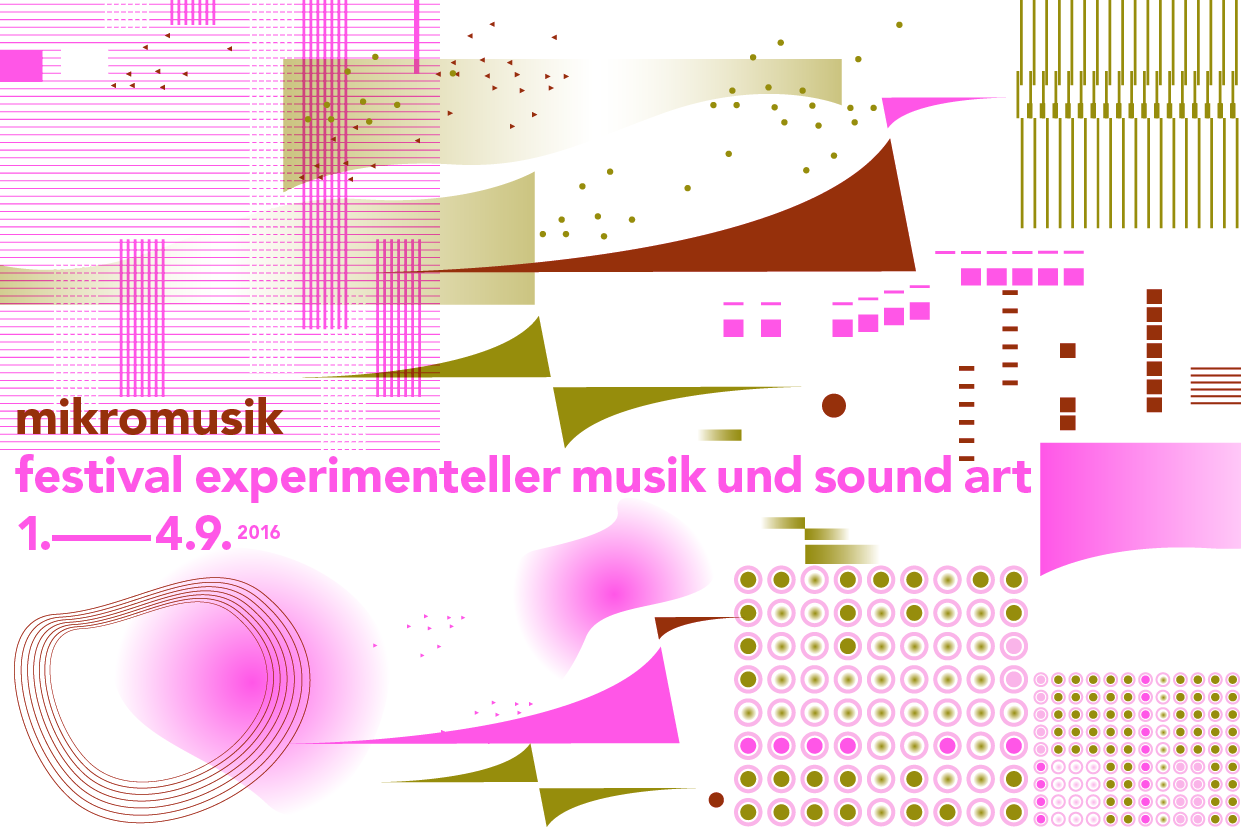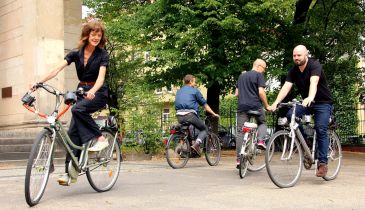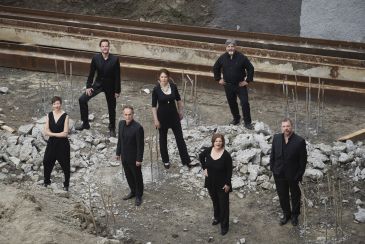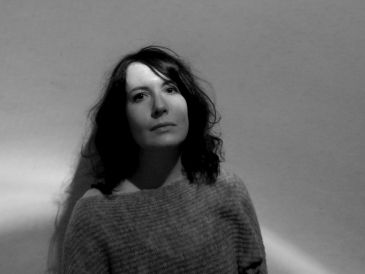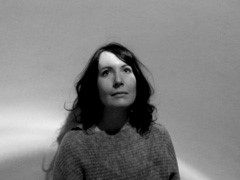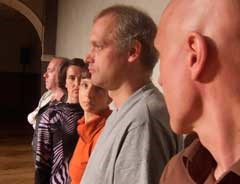Great Britain, Music, 2016
Joanna
Bailie
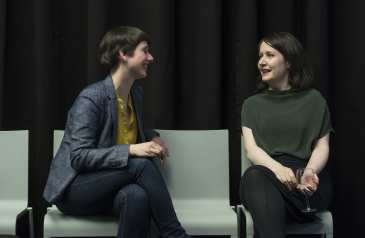
Transcribed Realities
Media communication processes constitute the basis for many works by the London-born (1973) composer, visual artist, curator and performer Joanna Bailie. Frequently, ambient rhythms or tone colors become starting points and protagonists in the compositional activity. Recorded, partially processed sounds generate a mesh of instrumental hues, microtonal harmonies and visual elements.
Her found sound objects open up narratives which develop a very idiosyncratic compositional world in an oeuvre ranging from solo instrumental pieces with electronics to orchestral works and multi-media installations.
In Symphony-Street-Souvenir (2009/11), for instance, Joanna Bailie uses microtonal fields to subtly link a chamber orchestra with the breadth of urban soundscapes. The fragile intimacy of childlike music boxes is gradually interwoven with expansive glissandi, only to be torpedoed the next moment by the big-city noise of motors and bells ringing – an action-packed harmony and counterpoint of sounding objets trouvés and orchestral motion.
Time and again, traffic, bells, and amusement park scenes as well, are points of departure for her artistic creations. Joanna Bailie analyzes her material, which through filtering or emphasis on certain frequency bands she then orients toward targeting listening. Attention must constantly be devoted to the complex aural phenomena of our daily life in order to appreciate how much musical diversity it already includes. Joanna Bailie sets about transcribing this reality, and in doing so reflects the mediums that shape the process. On one hand, these translation processes illustrate the radical consequences of media transcriptions; on the other, they challenge our routine perceptions. What happens to the continuity of the world in analog and digital translation processes? How does selective perception alter our notion of reality?
The installation Analogue (2011) traces this interplay of analog visual and discrete auditory transcription processes. Like an interiorized external image, sound also takes on an altered appearance in its mediated forms. This interaction – based on principles of the camera obscura – between inside and outside, reality and media-generated reality, hones perception of our everyday surroundings.
And so Joanna Bailie is also repeatedly posing the question of composing in this and each discrete living space. How do the continuously complexly evolving fields of sound in the everyday world stand in comparison to the tempered scales of classical art music? And how can these be brought into relationship and interaction with one another? Musical sound worlds at the boundaries of occidental (art) music and beyond, in combination with other arts or media, are the arena for Joanna Bailie’s works: music and dance, music and performance, music and sound – not to mention “music and real life”.
Text: Fabian Czolbe
Translation: Andrea Lerner


